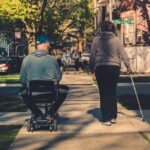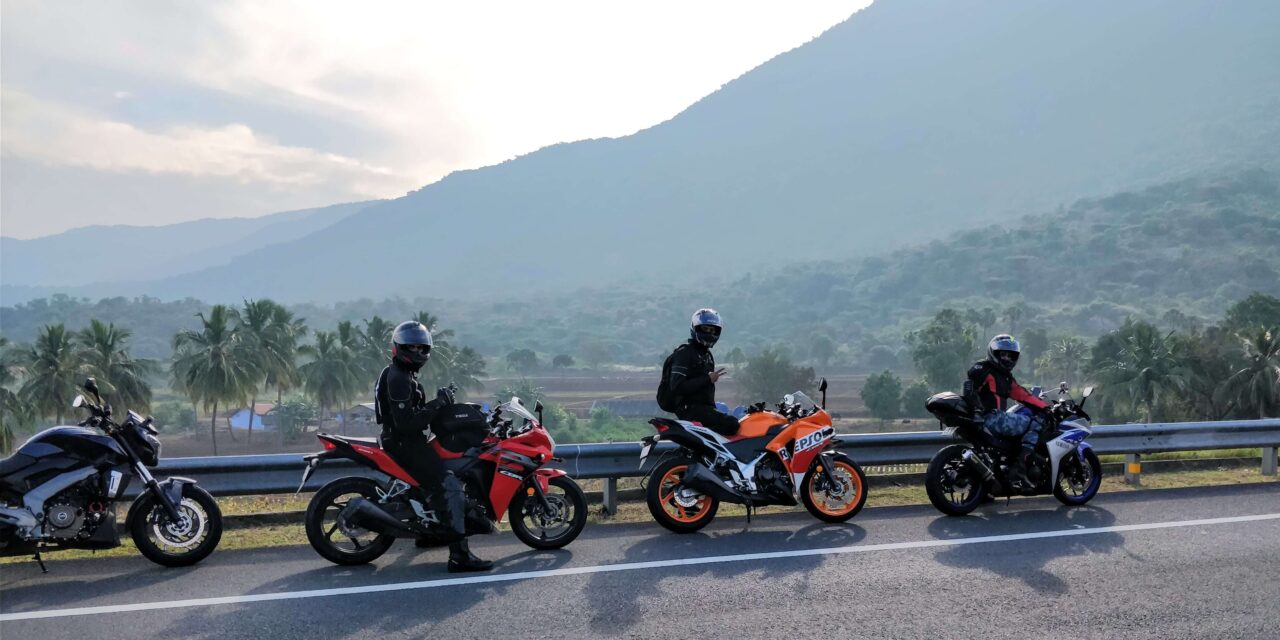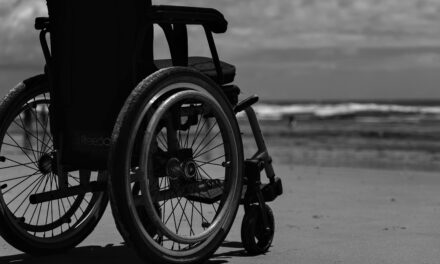
Road Hazards Motorcyclists Face: A Deep Dive

Motorcyclists face unique challenges on the road, including a higher vulnerability to road hazards. This article takes a deep dive into the various road hazards that motorcyclists encounter and provides insights into how to navigate these hazards safely.
1. Uneven Surfaces
Uneven road surfaces, such as potholes, cracks, or uneven pavement, pose significant dangers to motorcyclists. These hazards can cause loss of control, loss of traction, and potentially lead to accidents. Motorcyclists should maintain a safe distance from vehicles and remain vigilant for any uneven surfaces to avoid sudden maneuvers or collisions.
2. Gravel and Debris
Gravel, sand, leaves, and other debris on the road can be treacherous for motorcyclists. These hazards reduce traction and stability, making it more challenging to control the motorcycle. Motorcyclists should reduce their speed and exercise caution when encountering such conditions, keeping a safe distance from vehicles and avoiding sudden braking or acceleration.
3. Wet and Slippery Surfaces
Rain, oil spills, or freshly painted road markings can create slippery surfaces, increasing the risk of accidents for motorcyclists. Wet surfaces reduce tire grip, making it more challenging to control the motorcycle during braking or cornering. Motorcyclists should adjust their speed, increase their following distance, and avoid sudden movements or sharp turns when encountering wet or slippery conditions.
4. Railroad Crossings
Railroad crossings can be hazardous for motorcyclists due to the grooves or tracks embedded in the road surface. These grooves can cause instability and affect the motorcycle’s balance. Motorcyclists should approach railroad crossings at a controlled speed, keeping the motorcycle as upright as possible to minimize the risk of losing control.
5. Road Construction Zones
Road construction zones present a variety of hazards for motorcyclists, including uneven surfaces, loose gravel, reduced lane widths, and changing traffic patterns. Motorcyclists should exercise extra caution when navigating through construction zones, follow posted signage and instructions, and be aware of other vehicles’ behavior.
6. Animal Crossings
Encountering animals on the road, such as deer or stray pets, can be dangerous for motorcyclists. Animals can unexpectedly dart across the road, increasing the risk of collisions. Motorcyclists should scan the road ahead, especially in wooded or rural areas, and reduce their speed if they spot any potential animal hazards.
7. Distracted or Inattentive Drivers
Distracted or inattentive drivers pose a significant risk to motorcyclists. Drivers who are texting, talking on the phone, or engaging in other distractions may not see motorcyclists or fail to yield the right of way. Motorcyclists should maintain visibility, use their headlights, and anticipate the actions of other drivers to avoid accidents caused by distracted driving.
Conclusion
Being aware of and prepared for road hazards is essential for motorcyclists to ensure their safety on the road. By understanding the Road Hazards Motorcyclists face you can be more mindful.








